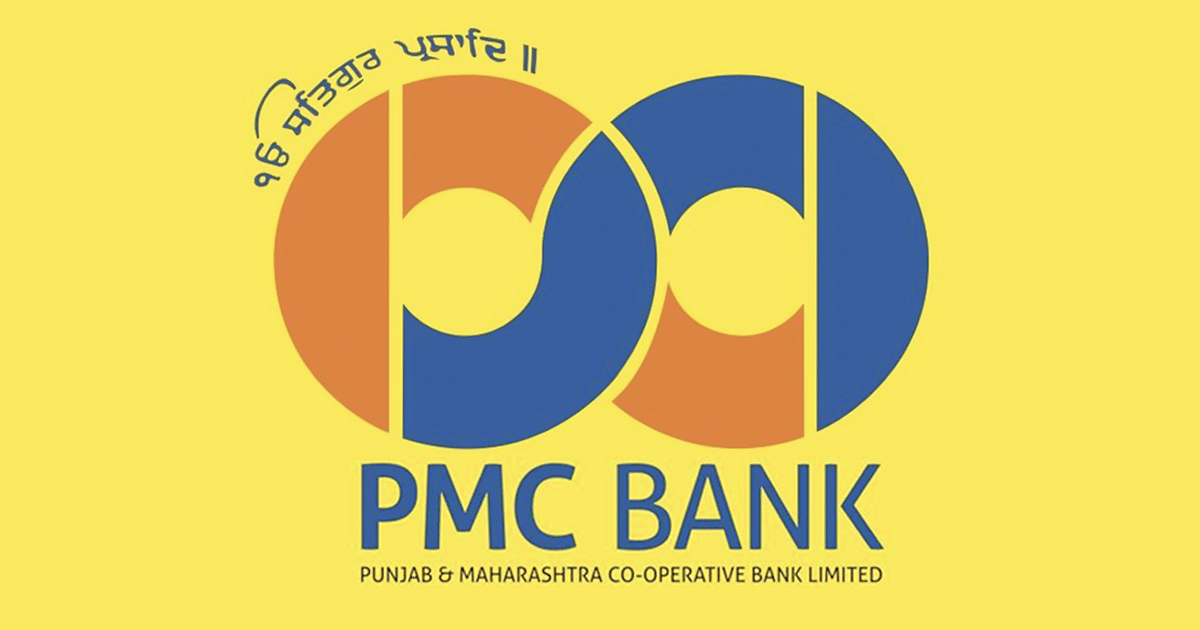intellectual property rights for emerging technologies like blockchain and vr

Author : smriti sheoran 2nd year student LL.B. Professional, Department of Law, Kurukshetra University
Navigating the Uncharted: Intellectual Property Rights in the Era of Blockchain and VR
As pixels morph into portals and ledgers become landscapes, humanity stands on the precipice of a digital renaissance. Blockchain and virtual reality (VR) redefine not just the way we interact, but how we conceptualize ownership and creation. Yet, amidst the glitching avatars and encrypted transactions, a crucial question emerges: who owns the IP? This article embarks on a voyage through the legal labyrinth surrounding intellectual property (IP) rights in these uncharted territories, charting the challenges and opportunities they present for creators, investors, and lawmakers alike.
To the Point:
The digital Wild West has gone high-tech! With blockchain cowboys wrangling virtual herds of NFTs and VR prospectors panning for pixels of pure innovation, the digital frontier hums with the thrill of the unknown. But beneath the surface of this exciting gold rush lies a hidden landscape – the IP minefield. Here, familiar claims like “copyright” and “patent” collide with the uncharted territory of smart contracts and decentralized ledgers.
Imagine crafting a masterpiece in VR, a brushstroke sculpting landscapes only dreamt of, then watching it copied with a click. Or picture weaving a poem onto the blockchain, its rhythm echoing through cyberspace, only to find it pirated and pasted into oblivion. These are the fears and possibilities haunting the digital frontier.
But amidst the legal dust devils, opportunities shimmer like desert mirages. NFTs, non-fungible tokens, could become digital deeds for virtual land, safeguarding your VR hacienda. Blockchain, the unhackable ledger, could offer tamper-proof proof of your creative claim. And, like treaties carved on ancient stones, international agreements crafted for the physical world could be reimagined for the digital realm, protecting your innovations across the vast plains of the metaverse.
This article is your trusty compass, guiding you through the legal labyrinths of this nascent territory. We’ll explore the unique challenges of securing IP in blockchain ecosystems and VR landscapes, delving into the murky waters of copyright in virtual worlds and the untamed terrain of trademark in decentralized applications. We’ll chart the paths paved by pioneering legal minds and map out the emerging technologies offering creative pioneers a chance to stake their claim in the digital frontier.
So, whether you’re a VR architect yearning to build castles in the clouds or a blockchain bard whispering sonnets into the cybersphere, join us on this adventure. Together, we’ll navigate the legal complexities of the digital frontier, ensuring your creativity finds its voice, loud and clear, in the symphony of the virtual world.
Use of legal jargon:
As the digital world explodes, pioneers like blockchain and VR reshape how we interact and share knowledge. But this new frontier comes with a legal twist: protecting your ideas. Imagine paintings in VR galleries, poems stored on blockchains, and buildings designed in virtual worlds – all ripe for theft. This article dives into the legal jungle of these emerging spaces, where familiar terms like copyright clash with newcomers like NFTs and smart contracts. Think digital fences for your virtual art, watermarks for your VR creations, and treaties that span not just countries, but platforms. It’s a wild ride, but one that could redefine how we own and protect our creations in the digital age. So buckle up, because we’re about to explore the uncharted legal landscape of the metaverse.
The Proof
- Navigating the Blockchain Labyrinth: IP Challenges in a Distributed World:As blockchain’s distributed ledger redefines everything from transactions to trust, the question of intellectual property (IP) rights takes on a whole new dimension. Familiar legal constructs like patents, copyright, and trademarks get tangled in the web of decentralization, presenting both opportunities and thorny challenges.
Patents:
Innovation or Impasse? Can we patent the groundbreaking applications built on blockchain, like smart contracts or secure data storage? The answer is a resounding “maybe.” While some argue that patenting specific applications fosters innovation, others warn against overly broad claims that stifle future development. Imagine if the foundational concepts of blockchain were locked away under a single patent, hindering the progress of countless potential applications. Striking a balance between protecting ingenuity and fostering an open ecosystem is critical.
Copyright in the Code Cauldron: Can we copyright the lines of code that weave the intricate tapestry of blockchain networks? While the underlying code might be protected, enforcing those rights is like chasing whispers in a storm. The decentralized nature of blockchains, with no central authority to control or monitor, makes traditional copyright enforcement virtually impossible. What happens if someone copies your smart contract code and deploys it on another blockchain? The legal quagmire deepens.
Brand Beacons in the Blockchain Fog: In the rapidly evolving world of blockchain, protecting your brand becomes crucial. Trademarks safeguard project names, logos, and distinctive features, acting as beacons of trust in a decentralized landscape. However, ensuring distinctiveness becomes a game of digital hopscotch. With new projects sprouting daily, preventing confusion and potential trademark infringement requires careful consideration and proactive brand building.
The IP landscape surrounding blockchain is anything but static. Finding solutions requires collaboration between policymakers, legal experts, technologists, and creators. Adapting existing legal frameworks, fostering international cooperation, and developing bespoke solutions for enforcing rights in a decentralized world are just a few steps toward ensuring a sustainable and thriving future for blockchain innovation. Only then can the potential of this groundbreaking technology be fully realized, fostering creativity and protecting investments without hindering the very spirit of decentralization.
2. VR:
Virtual reality, with its immersive tapestry of visuals, sounds, and interactivity, presents a new canvas for creation, sparking a legal quagmire in the realm of intellectual property (IP). Here, familiar principles like copyright, trademarks, and patents collide with the fluidity and dynamism of VR experiences, blurring boundaries and raising complex questions.
- Copyright in Wonderland: Protecting the creative elements like captivating landscapes, gripping narratives, and enchanting soundtracks seems straightforward. But what about the dynamic heart of VR – user-generated content (UGC)? Can a meticulously crafted avatar or a spontaneously enacted scene within a VR world claim copyright protection? The lines blur, leaving creators in a gray area where their ingenuity might lack legal safeguards.
- Branding in a Mirror Maze: Trademarks, the guardians of brand identity, seem to have a place in VR too. Protecting platform names, logos, and unique features ensures trust and avoids confusion. However, the trouble arises when virtual goods and services mimic their real-world counterparts. Imagine the legal tangle if a VR fashion house’s “Diamond Encrusted Goggles” clashed with a renowned eyewear brand’s trademark! Navigating this potential minefield of trademark infringement requires a nuanced understanding of virtual and physical realms.
- Patenting the Portal: Patenting VR hardware and software innovations holds immense potential, but the journey is fraught with complexities. The criteria for patentability often clash with the inherent interactivity and dynamism of VR technology. Algorithms that adjust difficulty based on player performance or AI-driven characters that react dynamically to user choices might face hurdles in securing patent protection. Striking a balance between fostering innovation and preventing broad patents that stifle future advancements is crucial.
The legal landscape surrounding VR IP is a dynamic work in progress, demanding innovative solutions. Adapting existing frameworks, fostering international collaboration, and embracing the unique nature of VR experiences are just a few steps towards ensuring a thriving future for creators, investors, and users alike. Only then can this mind-bending frontier truly flourish, brimming with protected creativity and groundbreaking inventions.
Case Laws:
- Alice Corp. v. CLS Bank Int’l: This landmark US Supreme Court case established the “abstract idea” test for patent eligibility, impacting patentability of blockchain-related inventions.
- Fourth Estate v. MySpace: This US District Court case dealt with copyright infringement of virtual goods in a VR platform, highlighting the challenges of applying traditional IP principles to digital environments.
- SkyKick v. Vectra Networks: This US Court of Appeals case addressed the patentability of software inventions, with potential implications for VR software patents.
Abstract:
The digital canvas bursts with blockchain’s distributed tapestry and VR’s immersive brushstrokes. But this artistic explosion clashes with outdated IP paintbrushes. Copyright stumbles on decentralized lines, patents threaten to smother invention’s spark, and trademarks trip over virtual doppelgangers. The result? A messy smudge of uncertainty, chilling investment’s flow. We need a revolution! A grand alliance of policymakers, legalese masters, and tech’s pioneers must co-create a vibrant new palette. IP frameworks, woven with adaptability and foresight, will safeguard creations without stifling growth. Only then can these digital Michelangelos sculpt their masterpieces, secure in the knowledge that their genius finds both inspiration and protection. The future demands an IP symphony, not a cacophony of legal discords. Let’s harmonize the melody of innovation and secure a thriving digital renaissance !
Conclusion:
The path through blockchain and VR’s digital frontiers bristles with thorny legal obstacles surrounding IP. Patenting, copyrighting, and branding become labyrinthine quests in these uncharted domains. Yet, amidst the complexities, glimmering opportunities for innovation and artistic expression tantalize. By dismantling legal roadblocks, reshaping outdated frameworks, and fostering interdisciplinary collaboration, we can unlock the full potential of these revolutionary technologies. Only then can creativity flourish within a vibrant, equitable IP ecosystem, where pioneers forge new digital realities without compromising the rights that fuel their endeavors . Let us embrace the challenge, for the rewards – a future teeming with groundbreaking inventions and protected intellectual prowess – are worth the audacious journey.:
.
Sources




